This post is probably too long for email. Click or tap the headline (“Word of the week: Chaos”) to read it in your browser or Substack app. And if you like what you’ve read, would you be so kind as to click the little heart icon?
Out of the corner of my eye I spot a billboard, one of a dozen or more along this approach to the Bay Bridge. It reads:
ASANA TURNS WORK CHAOS INTO CLARITY WITH OKTA
I notice it not because I know or care what Asana is or what Okta does but because of that fourth word: chaos. Because I’ve been seeing a lot of chaos lately, and I doubt it can be chalked up merely to the frequency illusion.1
The tipping point for me is a July 12 headline in the New York Times, which had appeared in slightly altered form — “New Rules Could End the Beautiful Chaos of Rio’s Beaches” — in the digital edition on July 6.

Perhaps it was mere coincidence that I have just finished reading about chicken-involved chaos in a Pasadena Trader Joe’s:

Then again, I’ve also been reading the
Substack, which introduces its premise thus:Maybe you lived half your life thinking that you didn’t have to worry about politics, much less “lawyer stuff.”
Turns out, you do!
You, too, are going to have to devote time and attention to figuring that shit out if you want to stop your country from sliding into autocracy.
And who could have failed to notice that the Ch-word keeps appears frequently in news stories about the White House, etc.?
Even more chaos!
World’s premier cancer institute faces crippling cuts and chaos under Trump administration (San Francisco Chronicle, July 9, 2025)
Trump’s chaos campaign in Los Angeles (the office of California Governor Gavin Newsom, June 10, 2025)
100 Days of the Trump Administration’s Foreign Policy: Global Chaos, American Weakness, and Human Suffering (Center for American Progress, April 24, 2025)
The cost of chaos (Annie Lowrey writing about You Know Who and You Know What for The Atlantic, April 9, 2025)
The cost of chaos (same day, same title, different author; this time it’s Paul Krugman writing about You Know Who and You Know What)
Journalist Peter Bergen got the jump on “the cost of chaos”: It’s the title of his 2022 book, subtitled “The Trump Administration and the World.” And that was two and a half years before things really went to hell.
But let’s give full credit to Jeb “Cassandra” Bush, the former Florida governor who was one of Trump’s opponent in the 2016 presidential race. “Donald is a chaos candidate,” Bush said during a December 2015 debate. “And he’d be a chaos president.”
OK, you get the point. ChAoS iS haPPeNiNg! Let’s put on our hardhats and dive into the abyss.
Chaos then
Abyss was, in fact, the original sense of chaos. In ancient Greek, χάος was (per the OED) the “first state of the universe, space, expanse of air, nether abyss, infinite darkness.” Chaos was how early translators of the book of Genesis rendered the “formless and void” state of early Earth. (In Hebrew it’s tohu vabohu, תֹהוּ וָבֹהוּ, which is fun to say.)
Latin picked up chaos and gave it an additional sense: the personified underworld, spelled with a capital C when it reached English in the 1500s. Around that time, chaos began taking on an additional form: “utter confusion or disorder.” That’s the sense we retain today.
That is, unless we’re mathematicians or scientists, for whom chaos theory has a specialized meaning: “the study of complex systems where seemingly random or unpredictable behavior arises from deterministic laws” (via Britannica). The butterfly effect is an example of chaos theory, more or less. (I am not a scientist.)
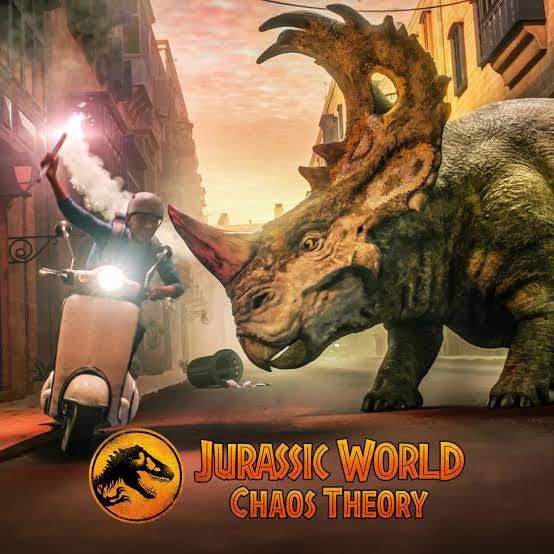
Chaos now
Techworld thrives on its own brand of chaos called, predictably, chaos engineering. It’s “the discipline of experimenting on a system in order to build confidence in the system's capability to withstand turbulent conditions in production.”
In 2011 Netflix proudly introduced Chaos Monkey, “a tool that randomly disables our production instances to make sure we can survive this common type of failure without any customer impact.”2 Former venture capitalist and Facebook exec Antonio García Martinez liked the simian image so much that he titled his 2016 memoir Chaos Monkeys. In an interview with Vox, he sounded less sanguine than Netflix: “Silicon Valley is like the zoo where the chaos monkeys are kept and entrepreneurs are going around saying, ‘hey, you know what? We’re not going to have taxis anymore. We’re going to have this app called Uber, anybody can become a taxi driver.’ Or, ‘you know what? We’re not going to have hotels anymore. Anyone with a spare bedroom can suddenly become a hotel keeper.’”
Chaos on aisle 4
Not a STEM major? No worries; there’s a chaos for you, too.
Chaos branding is, according to one recent definition, “the practice of leveraging aesthetic disruption, narrative fluidity, and trend speed marketing.” The CultureFWD blog elaborates:
From tangy tamarind chips to mushroom based jerky, the market has embraced chaos not just in flavor but in form, packaging, storytelling and distribution. Drop culture, once reserved for sneakers and streetwear, is now embedded in the CPG [consumer packaged goods] playbook. Consumers no longer ask, “Is this snack good?” They ask, “Is this snack me today?” … When attention spans shrink, chaos becomes a method of seduction.
There’s method to this madness:
[C]haos branding is not about confusion but about adaptability. It is the ability to mutate in sync with a generation whose identities are never fixed. Every snack drop is an opportunity to test new aesthetics, iterate brand personas and offer consumers a new tool for self-narration.
What chaos branding means in the real world, according to Data Essential’s 2024 food and beverage trend review, is “brands embracing unconventional, playful, and even polarizing approaches to stand out in a cluttered market.”
But isn’t standing out in a cluttered market the point of all branding?
Chaotic names
Some brands have embraced chaos to the point of incorporating “chaos” in their names. In the trademark database I discovered Chaos Inc. (a gaming company), Beautiful Chaos (interior design), Chaos Chocolate, Chaos Records, and even Chaos Branding (!), an agency in mostly rural Yuba County, California.
There’s a professional lacrosse team called Chaos in Charlotte, North Carolina.
And there’s a perfume brand called Chaos, a “collection of unique unisex niche fragrances, designed in France and inspired by the light and darkness that coexist in each of us.” The brains — or nose — behind the project is “an elusive young entrepreneur”; the scents have names like Destructible Love and White Overdose, and although the trademark is registered to a UK company the prices by default are in Romanian lei.
Chaos -» KAOS
One more chaos for your amusement, this one spelled and styled KAOS. It’s a Netflix series about the Greek gods that’s set in modern-day Crete (with Spain standing in for that fabled island). It debuted in 2024 and got glowing reviews from viewers and critics but was canceled after eight episodes.
The Guardian called it “hilarious, profound, and moving … a masterpiece.” A Greek-mythology scholar at the University of Bristol said it was “the cleverest retelling of Greek mythology” she’d ever seen. I hadn’t heard of it until I began researching this post. It’s still on Netflix. My capsule review, four episodes in: Inventive, lavish, fun, often deep, frequently bloody. I never quite got used to the Latin lingo and Roman personages mixed in with the Greek lore.3
Long before Netflix’s KAOS — indeed, long before Netflix — there was another KAOS, in the 1960s sitcom Get Smart.
Written by Mel Brooks (who turned 99 in June!) and Buck Henry, Get Smart spoofed the popular secret-agent genre and the Cold War in general. Its hapless hero, Maxwell Smart (Don Adams), aka Agent 86, worked for an agency called CONTROL whose nemesis was, naturally, KAOS, “the international organization of evil.” (The names weren’t acronyms.) Executives at ABC turned down the series, calling it “un-American”; it was picked up by NBC and ran for five seasons. It has enjoyed a robust afterlife in syndication and on fan sites.
To bring this all back to near where we started, recall that Maxwell Smart was Agent 86. The number wasn’t chosen by accident: It was an allusion to the slang term meaning “to forcibly eject a patron from a bar or restaurant.” Lately “86” has been in the news — and on retail sites — as half of “8647,” with “47” referring to the current occupant of the White House. In May, former FBI director James Comey posted a photo on Instagram of seashells forming the four-digit number, and chaos ensued. Ah, the old seashell trick! Sorry about that, Chief.
Frequency illusion: “Once you notice a phenomenon, you believe it happens a whole lot.” — Arnold Zwicky. You can see a print version of the Okta ad here.
“The name comes from the idea of unleashing a wild monkey with a weapon in your data center (or cloud region) to randomly shoot down instances and chew through cables — all the while we continue serving our customers without interruption.”
You can read a defense of this approach in this Medium essay, unless it’s paywalled, in which case I’m afraid I can’t help you.






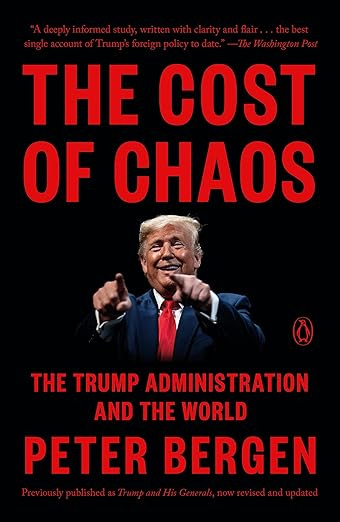
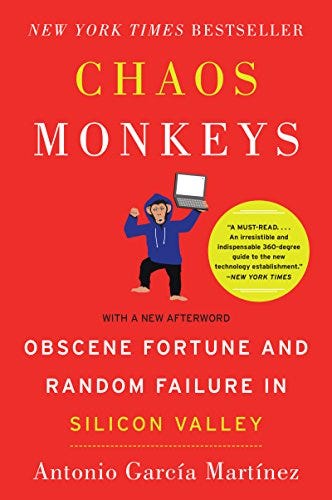

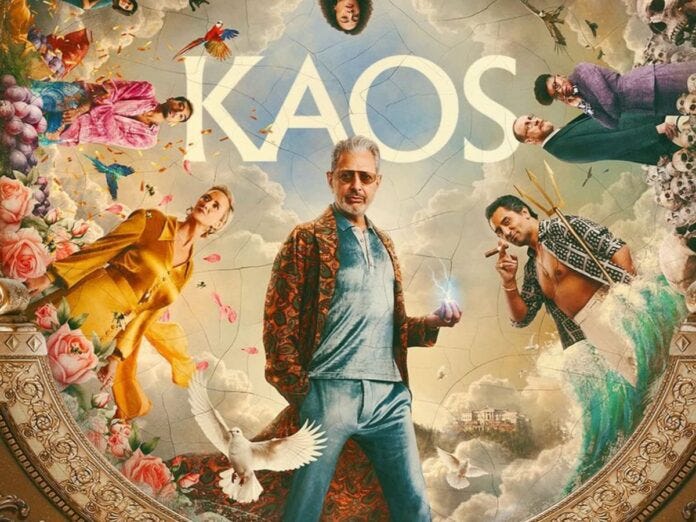
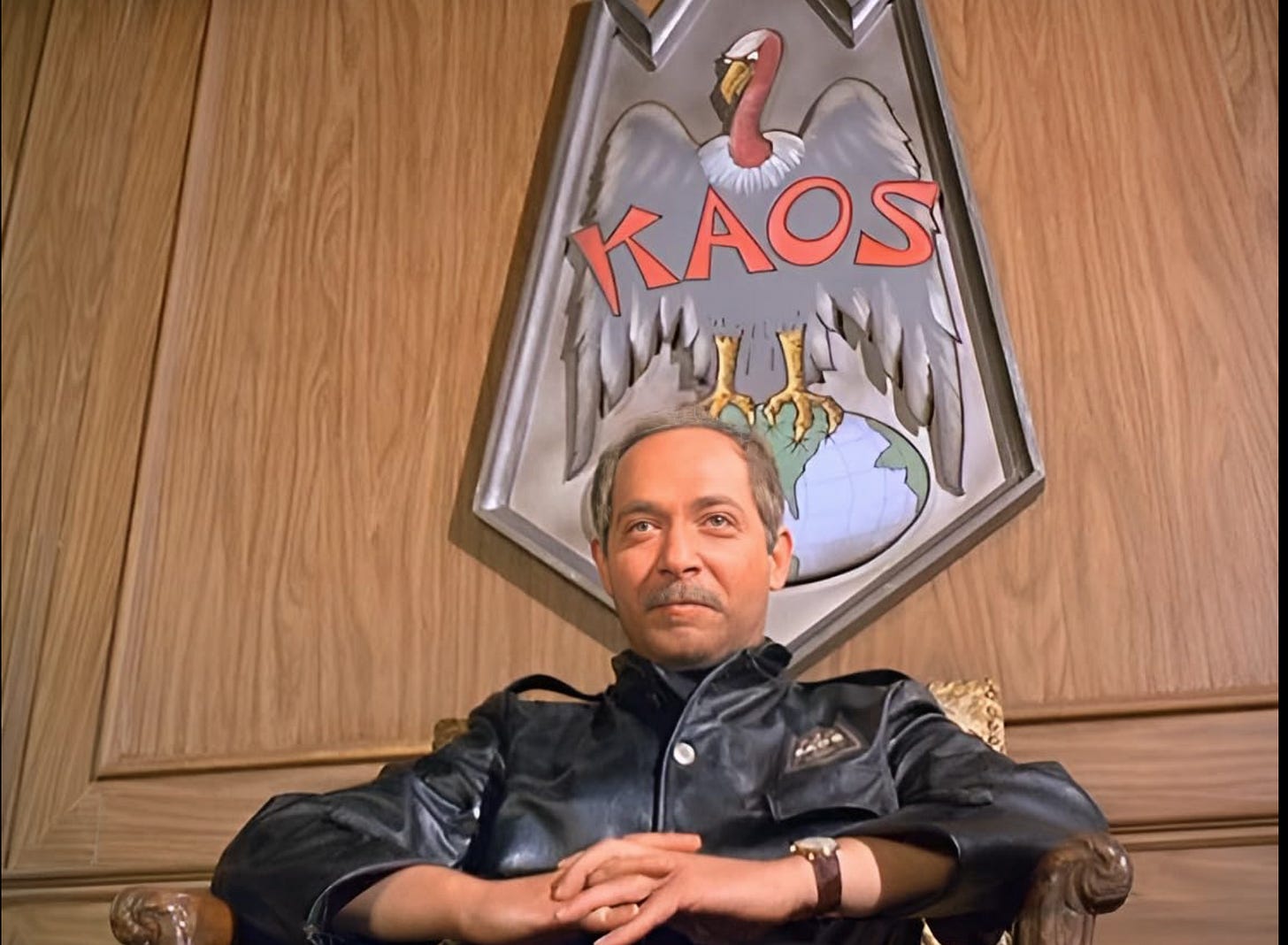
Who would’ve guessed that Jeb “Cassandra” Bush would have foretold the future so accurately? Something tells me he avows that now.
And the most WTF branding nonsense:
“‘Consumers no longer ask, “Is this snack good?’ They ask, ‘Is this snack me today?’ … Every snack drop is an opportunity to test new aesthetics, iterate brand personas and offer consumers a new tool for self-narration.”
So my better half muttering to himself can now claim he is just using his tools for self-narration? I can’t wait to tell him that he just needs to hold up a snack and ask if it is him today…
What chaotic fun, Nancy!